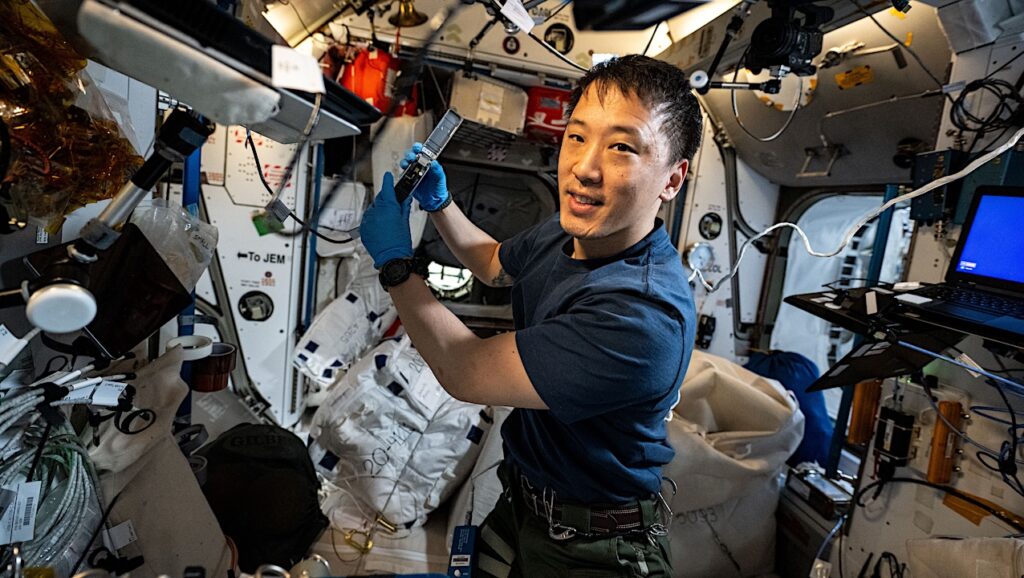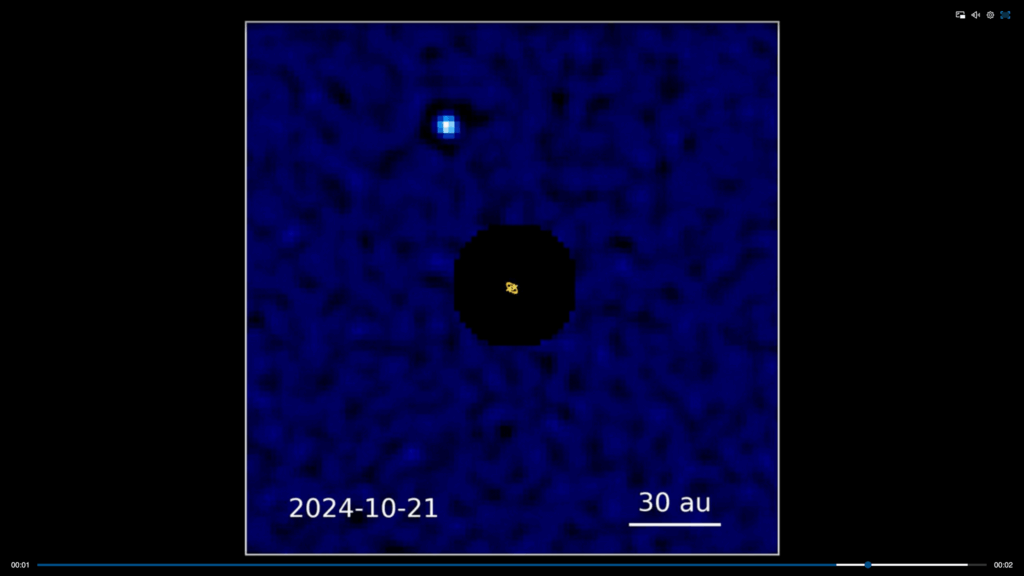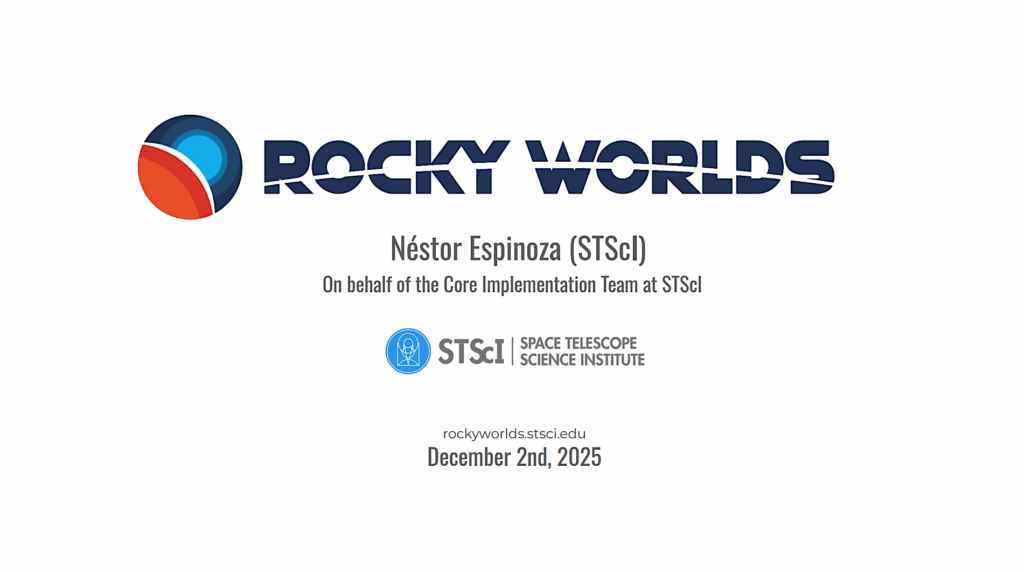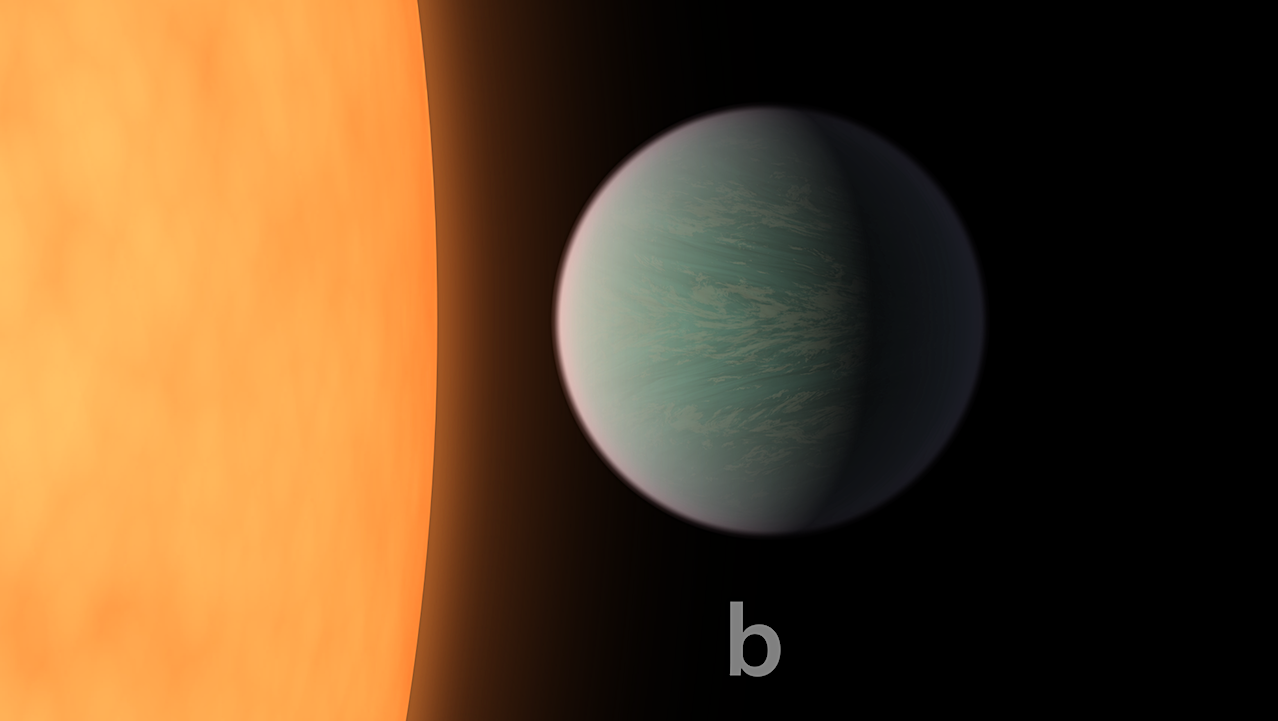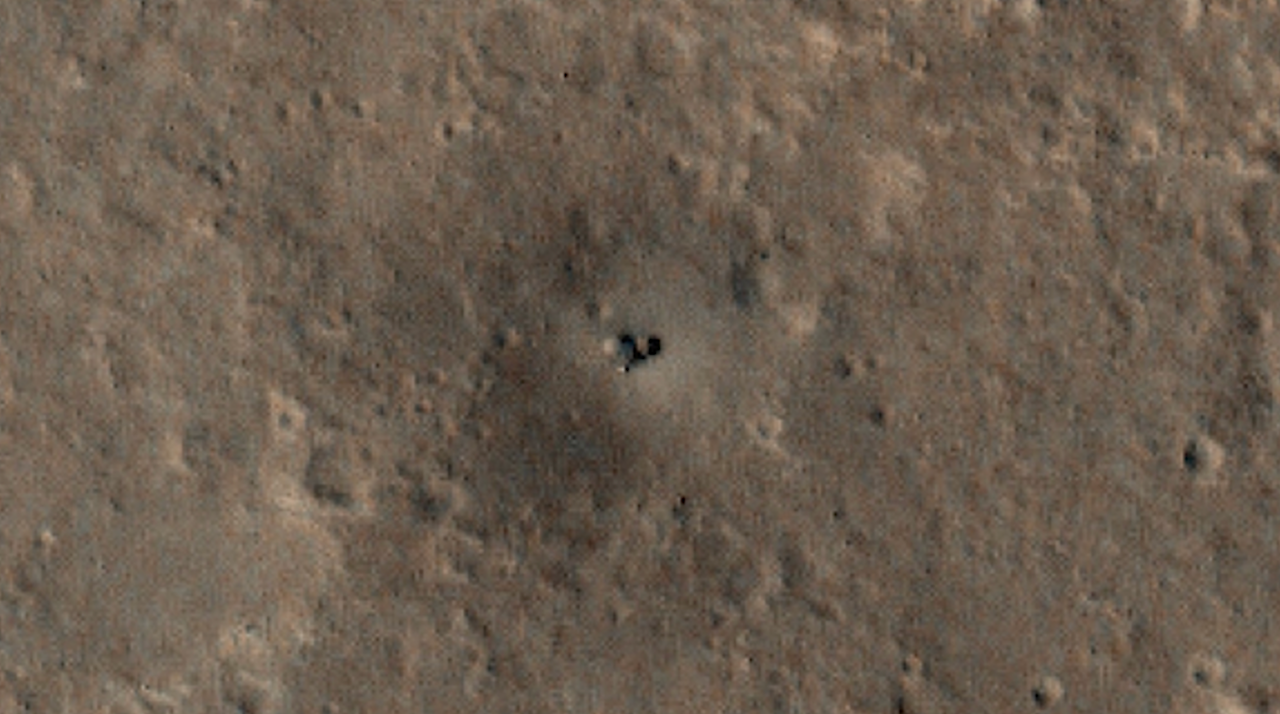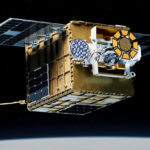Now Reading: Planet-forming Discs Lived Longer In The Early Universe
-
01
Planet-forming Discs Lived Longer In The Early Universe
Planet-forming Discs Lived Longer In The Early Universe
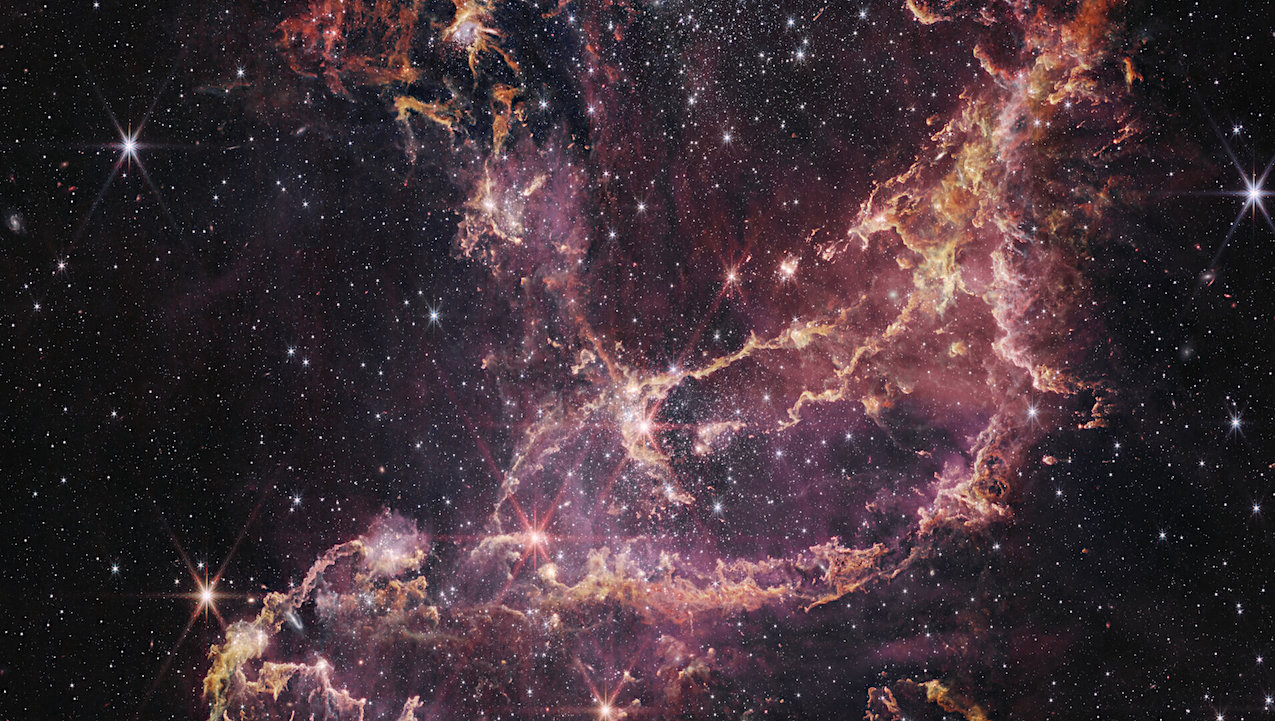

In 2003, Hubble spotted a massive planet around a very old star, almost as old as the Universe. This implied that some planet formation happened when our Universe was very young. And those type of planets had time to form and grow big inside their young discs, to grow even bigger than Jupiter. Yet, back then, stars possessed only small amounts of heavier elements that are the building blocks of planets. So, how could such a planet form? This was puzzling.
To answer this question, researchers used Webb to study stars in a nearby galaxy that, much like the early Universe, lacks large amounts of heavy elements. They found that some stars there have planet-forming discs, and those discs are even longer-lived than those seen around young stars in our Milky Way galaxy.
“With Webb, we have a strong confirmation of what we saw with Hubble, and we must rethink how we create computer models for planet formation and early evolution in the young Universe,” said study leader Guido De Marchi of the European Space Research and Technology Centre in Noordwijk, the Netherlands.
A different environment in early times
In the early Universe, stars formed from mostly hydrogen and helium, and very few heavier elements such as carbon and iron, which came through the first generation of supernova explosions.
“Current theoretical models predict that with so few heavier elements, the discs around stars have a short lifetime, so short in fact that planets cannot grow big,” said the Webb study’s co-investigator Elena Sabbi, chief scientist for Gemini Observatory at the National Science Foundation’s NOIRLab in Tucson, Arizona, USA. “But Hubble did see one of those planets, so what if the models were not correct and discs could live longer?”

NGC 346 with 10 circled stars (Webb)
To test this idea, scientists trained Webb on the Small Magellanic Cloud, a dwarf galaxy that is one of the Milky Way’s nearest neighbours. In particular, they examined the massive, star-forming cluster NGC 346, which is also poor of heavier elements. The cluster serves as a nearby proxy for studying stellar environments with similar conditions in the early, distant Universe.
Hubble observations of NGC 346 from the mid 2000s revealed many stars about 20 to 30 million years old that seemed to still have planet-forming discs around them. This went against the conventional belief that such discs would dissipate after 2 or 3 million years.
“The Hubble findings were controversial, going against not only empirical evidence in our galaxy but also against the current models,” said Guido. “This was intriguing, but without a way to obtain spectra of those stars, we could not really establish whether we were witnessing the stars’ growth and the presence of discs, or just some spurious effect.”
Now, thanks to Webb’s sensitivity and resolution, scientists have the first-ever spectra of forming, Sun-like stars and their immediate environments in a nearby galaxy.
“We see that these stars are indeed surrounded by discs and are still in the process of gobbling material, even at the relatively old age of 20 or 30 million years,” said Guido. “This also implies that planets have more time to form and grow around these stars than in nearby star-forming regions in our own galaxy.”

NGC 346 spectra showing evidence of Disc (NIRSpec)
A New Way of Thinking
This finding refutes previous theoretical predictions that the star would very quickly blow away the disc when there are very few heavier elements in the gas. In that case, the disc’s life would be very short, even less than a million years. But if a disc doesn’t stay around the star long enough for the dust grains to stick together and pebbles to form and become the core of a planet, how can planets form?
The researchers explained that there could be two distinct mechanisms, or even a combination, for planet-forming discs to persist in environments scarce in heavier elements.
First, to be able to blow away the disc, the star’s light applies pressure to the gas in the disc. This process is more efficient when the gas contains elements heavier than hydrogen and helium. The massive star cluster NGC 346 only has about ten percent of the heavier elements that are present in the chemical composition of our Sun. So, perhaps it simply takes longer for a star in this cluster to disperse its disc.
The second possibility is that a Sun-like star must form from a larger cloud of gas when there are few heavier elements. A bigger gas cloud will produce a bigger disc. When there is more mass in the disc, it would take longer to blow the disc away.
“With more matter around the stars, the accretion lasts for a longer time,” said Elena. “The discs may take ten times longer to disappear. This has implications for how you form a planet, and the type of planetary systems that you can have in these different environments. This is so exciting.”
The science team’s paper appears in the 16 December 2024 issue of The Astrophysical Journal.
More information
Webb is the largest, most powerful telescope ever launched into space. Under an international collaboration agreement, ESA provided the telescope’s launch service, using the Ariane 5 launch vehicle. Working with partners, ESA was responsible for the development and qualification of Ariane 5 adaptations for the Webb mission and for the procurement of the launch service by Arianespace. ESA also provided the workhorse spectrograph NIRSpec and 50% of the mid-infrared instrument MIRI, which was designed and built by a consortium of nationally funded European Institutes (The MIRI European Consortium) in partnership with JPL and the University of Arizona.
Webb is an international partnership between NASA, ESA and the Canadian Space Agency (CSA).
astrobiology
Stay Informed With the Latest & Most Important News
Previous Post
Next Post
-
 012024 in Review: Highlights from NASA in Silicon Valley
012024 in Review: Highlights from NASA in Silicon Valley -
 02Panasonic Leica Summilux DG 15mm f/1.7 ASPH review
02Panasonic Leica Summilux DG 15mm f/1.7 ASPH review -
 03From Polymerization-Enabled Folding and Assembly to Chemical Evolution: Key Processes for Emergence of Functional Polymers in the Origin of Life
03From Polymerization-Enabled Folding and Assembly to Chemical Evolution: Key Processes for Emergence of Functional Polymers in the Origin of Life -
 04How New NASA, India Earth Satellite NISAR Will See Earth
04How New NASA, India Earth Satellite NISAR Will See Earth -
 05And Thus Begins A New Year For Life On Earth
05And Thus Begins A New Year For Life On Earth -
 06Astronomy Activation Ambassadors: A New Era
06Astronomy Activation Ambassadors: A New Era -
07SpaceX launch surge helps set new global launch record in 2024












